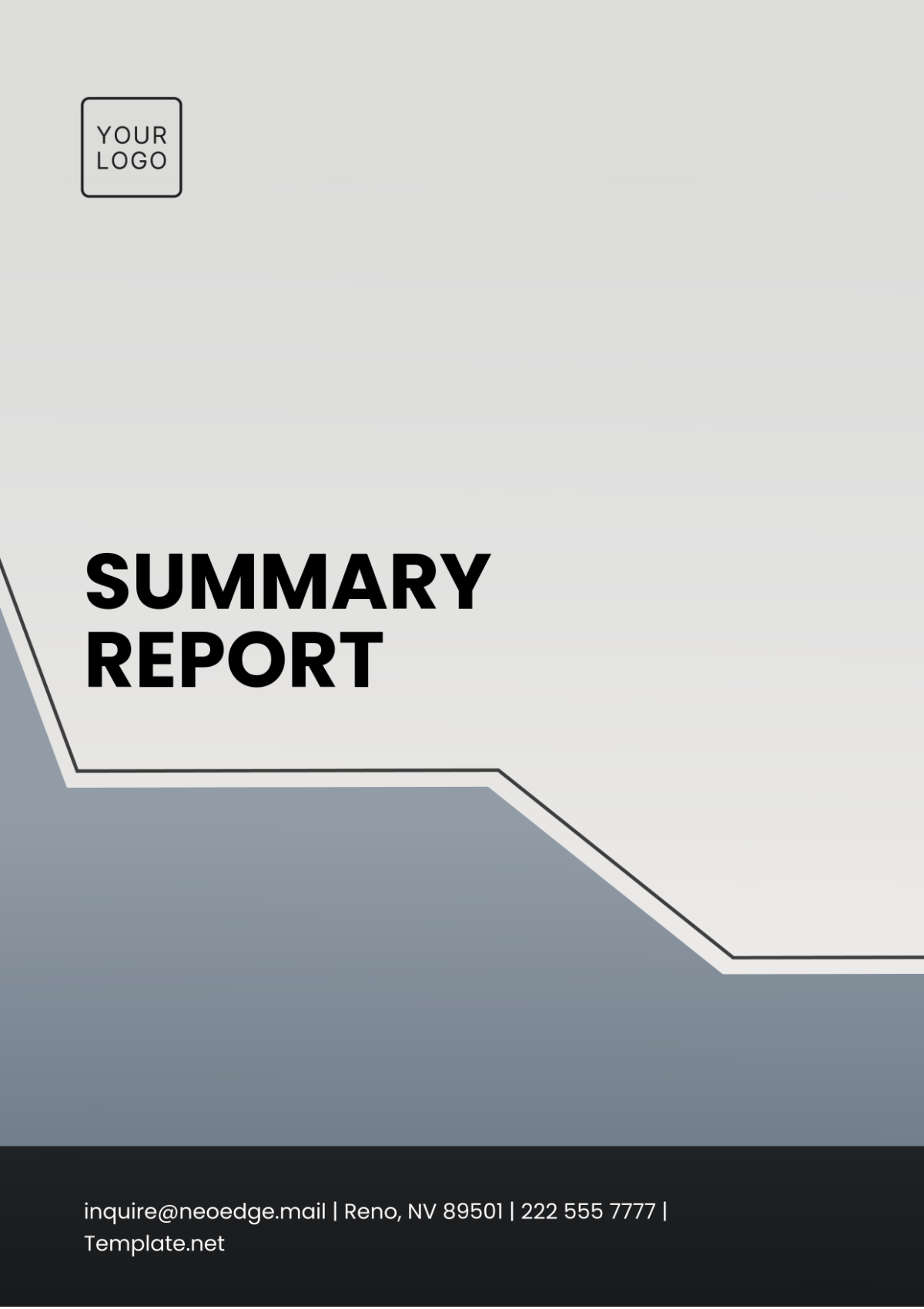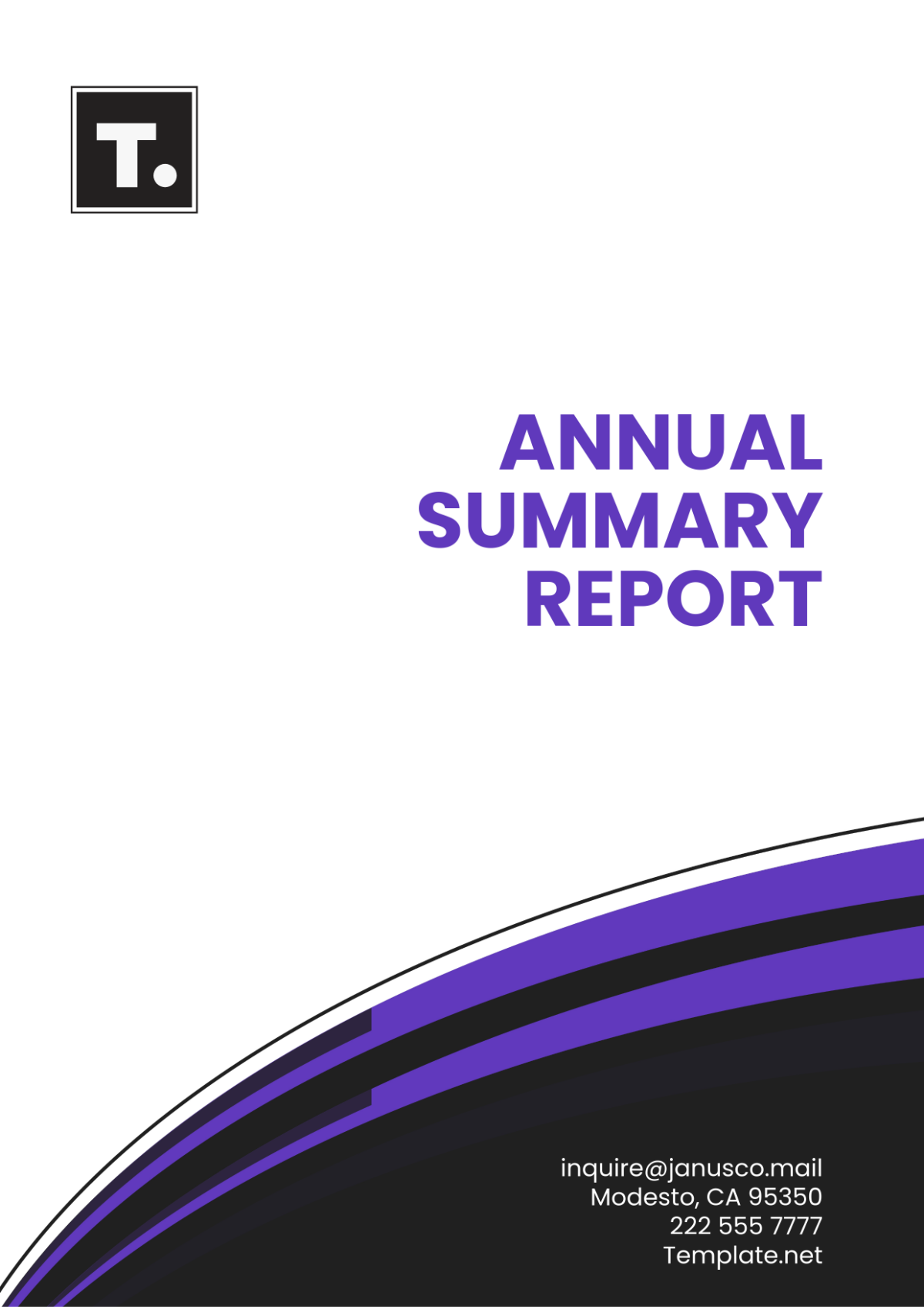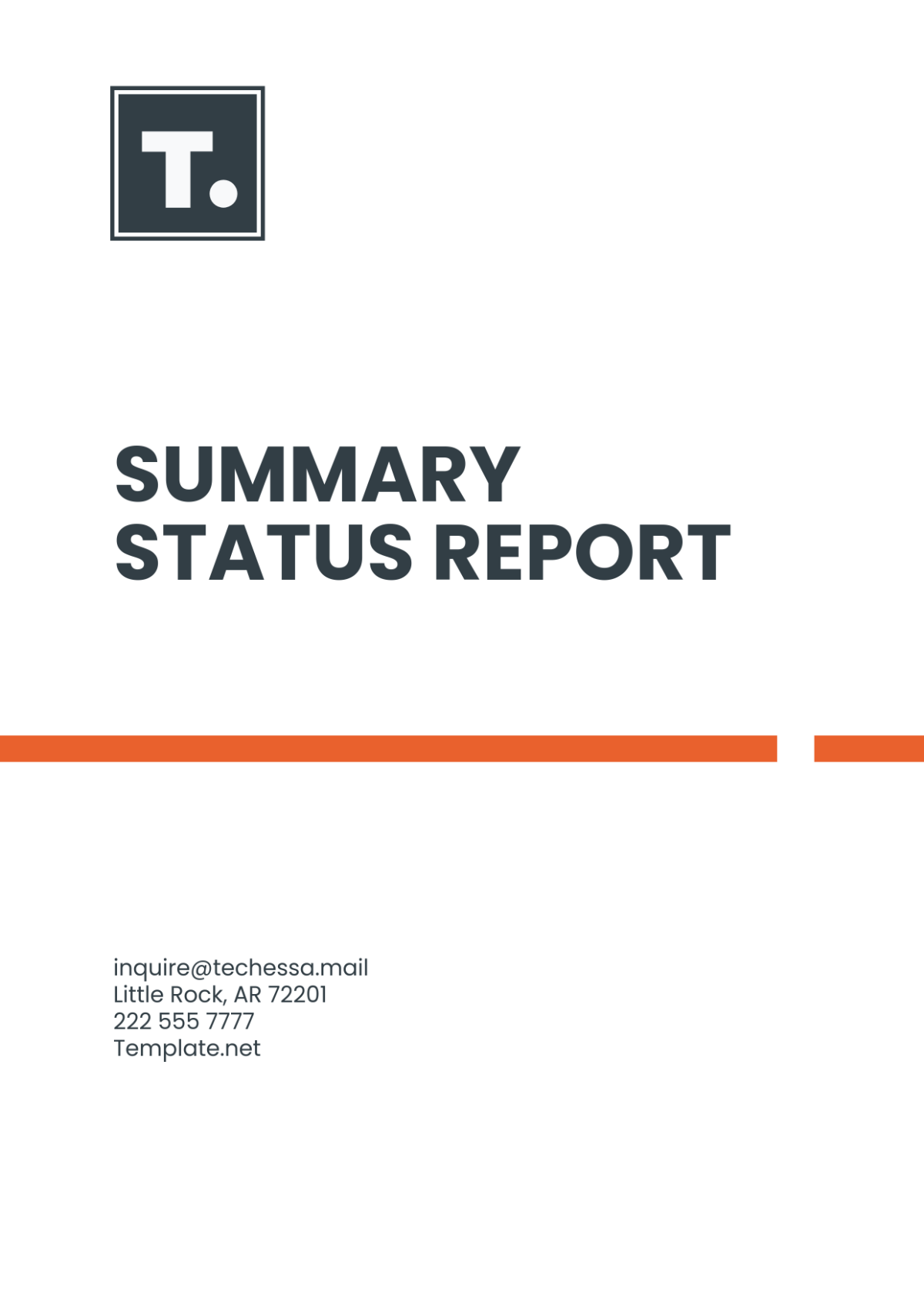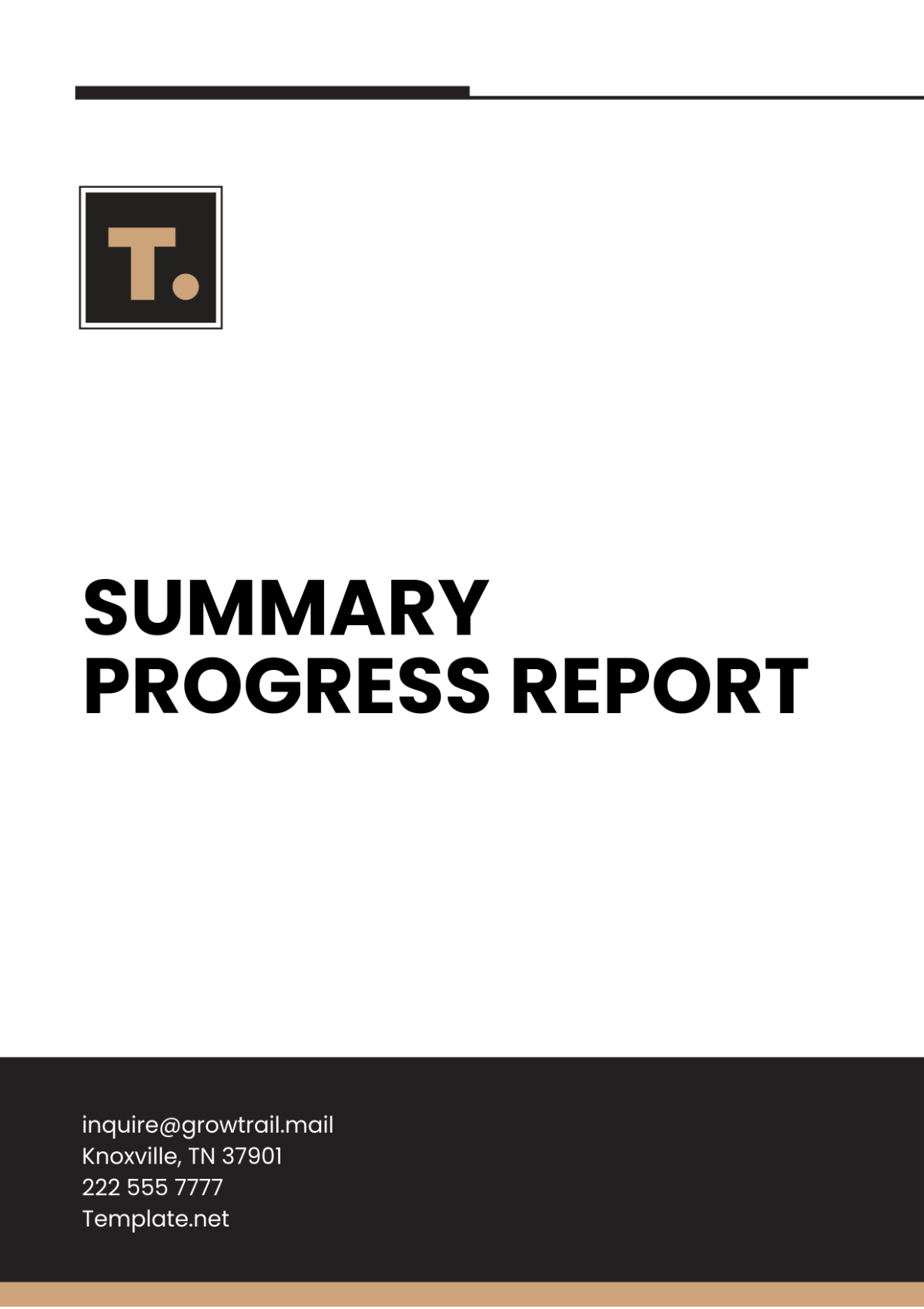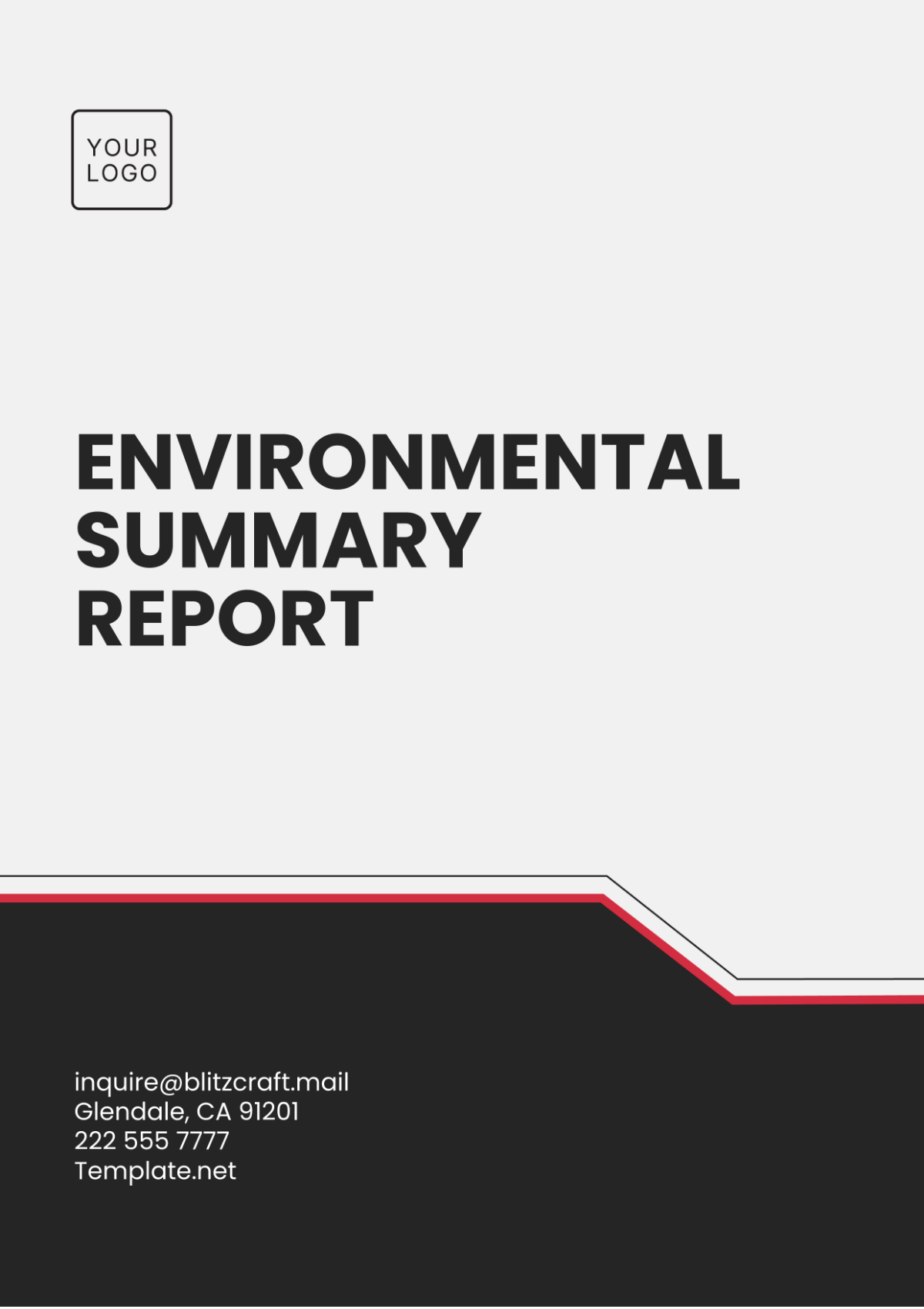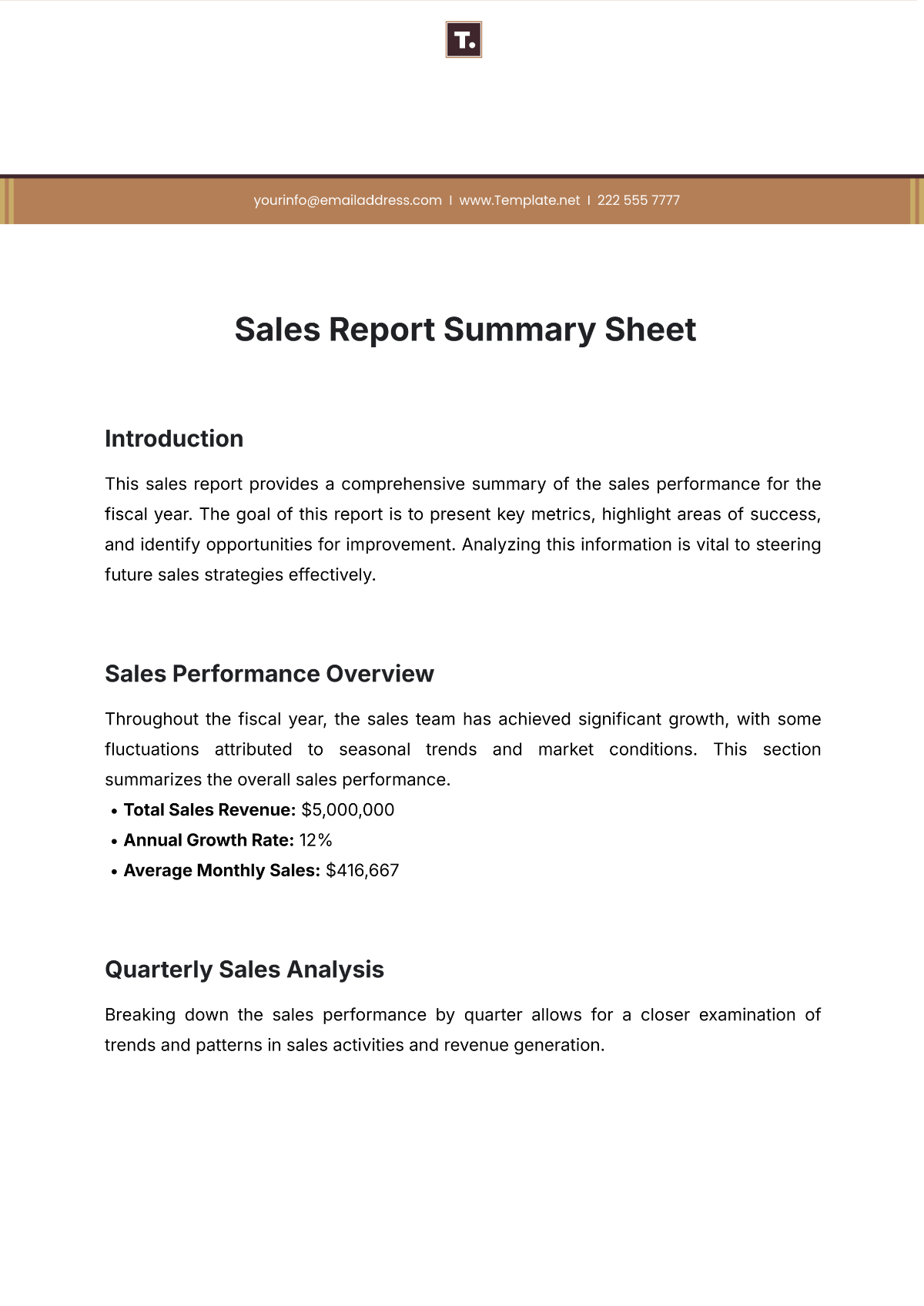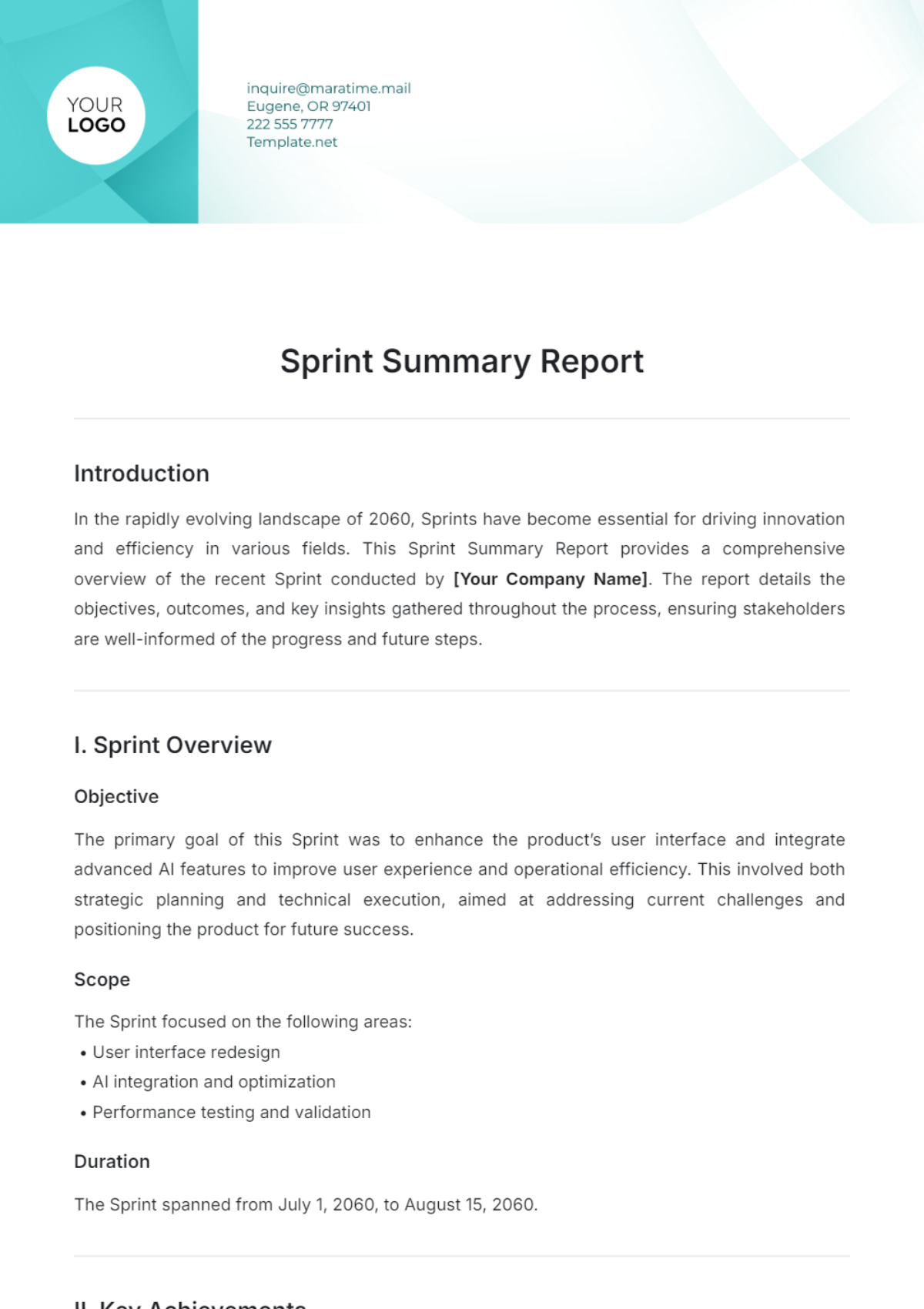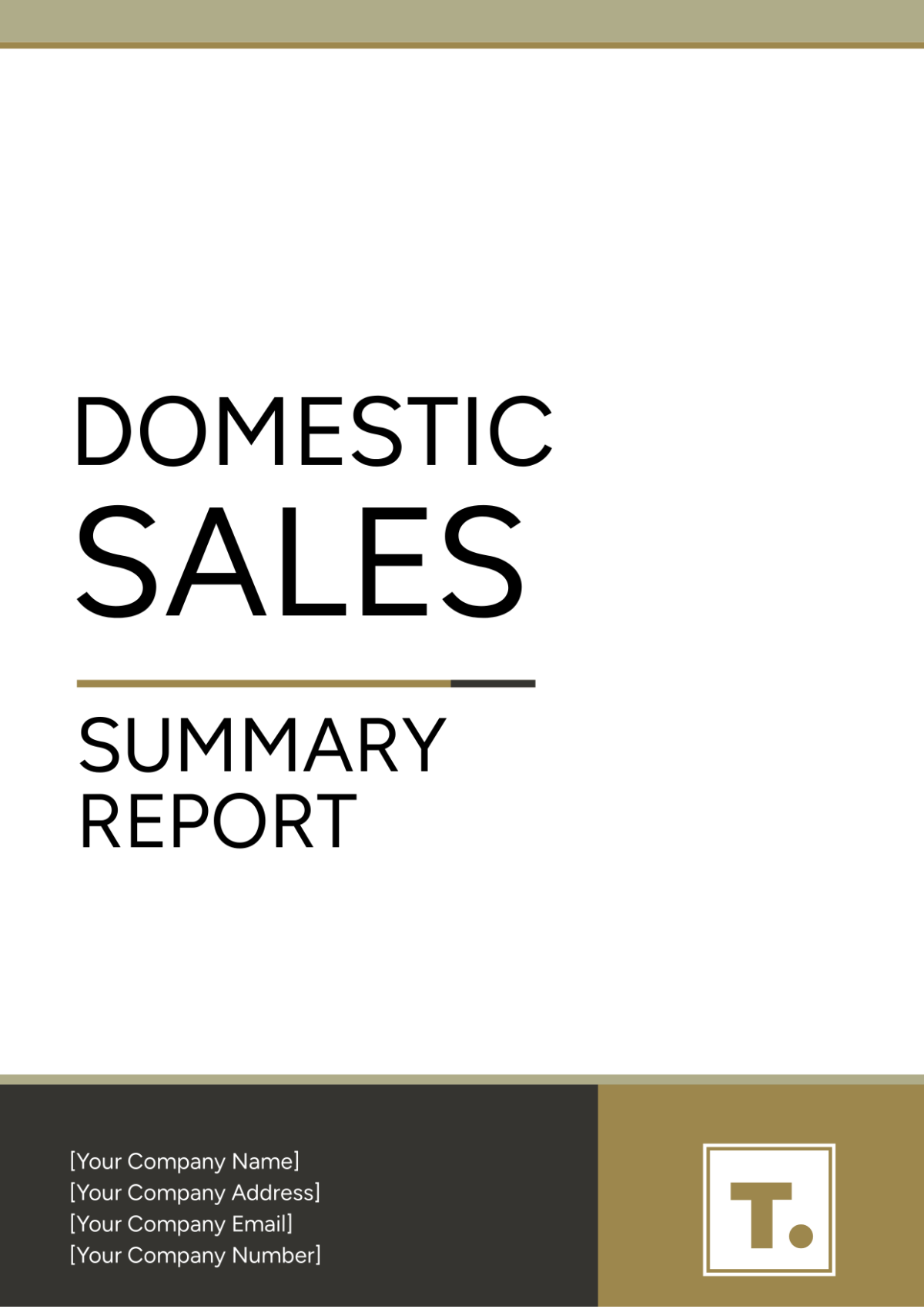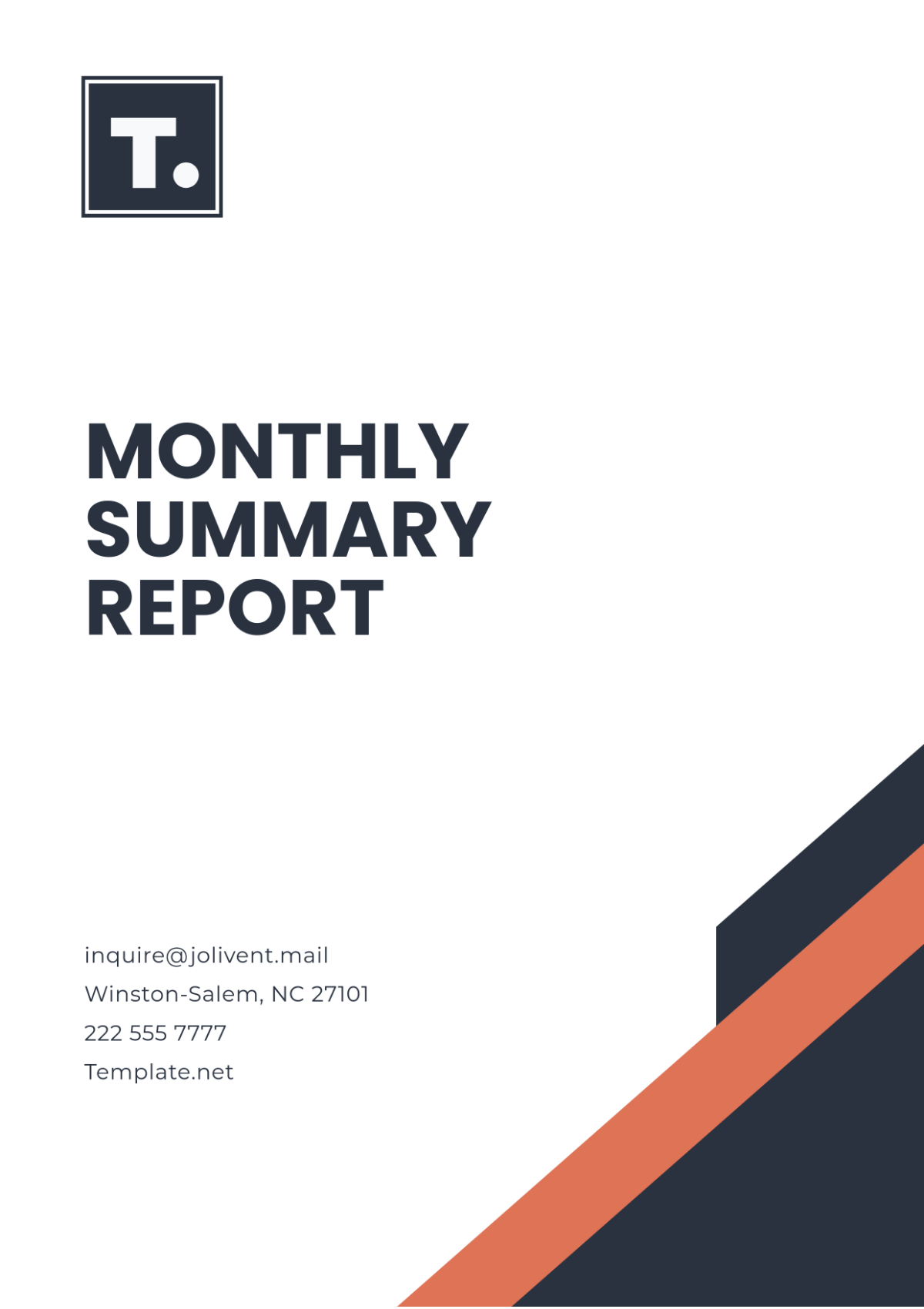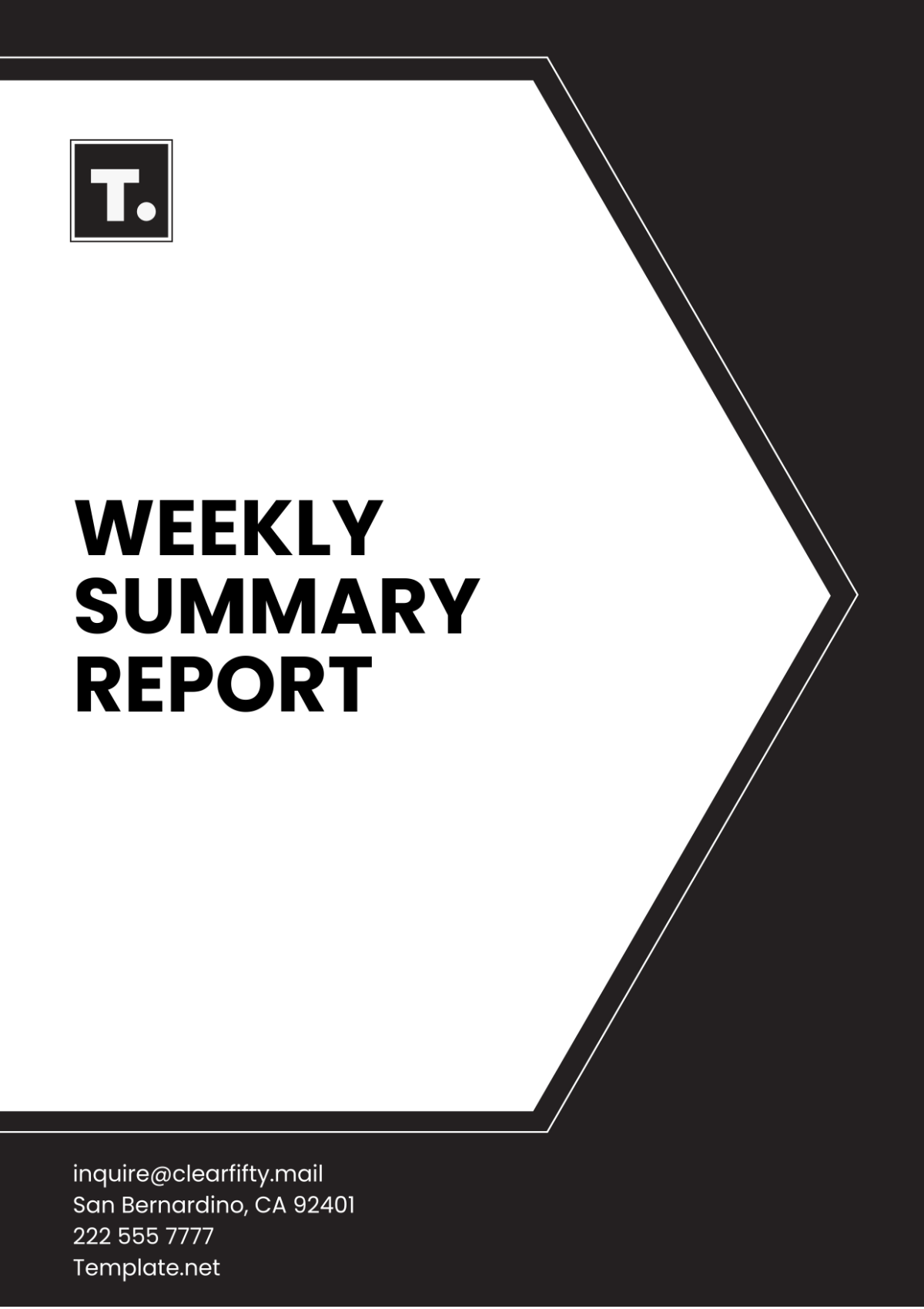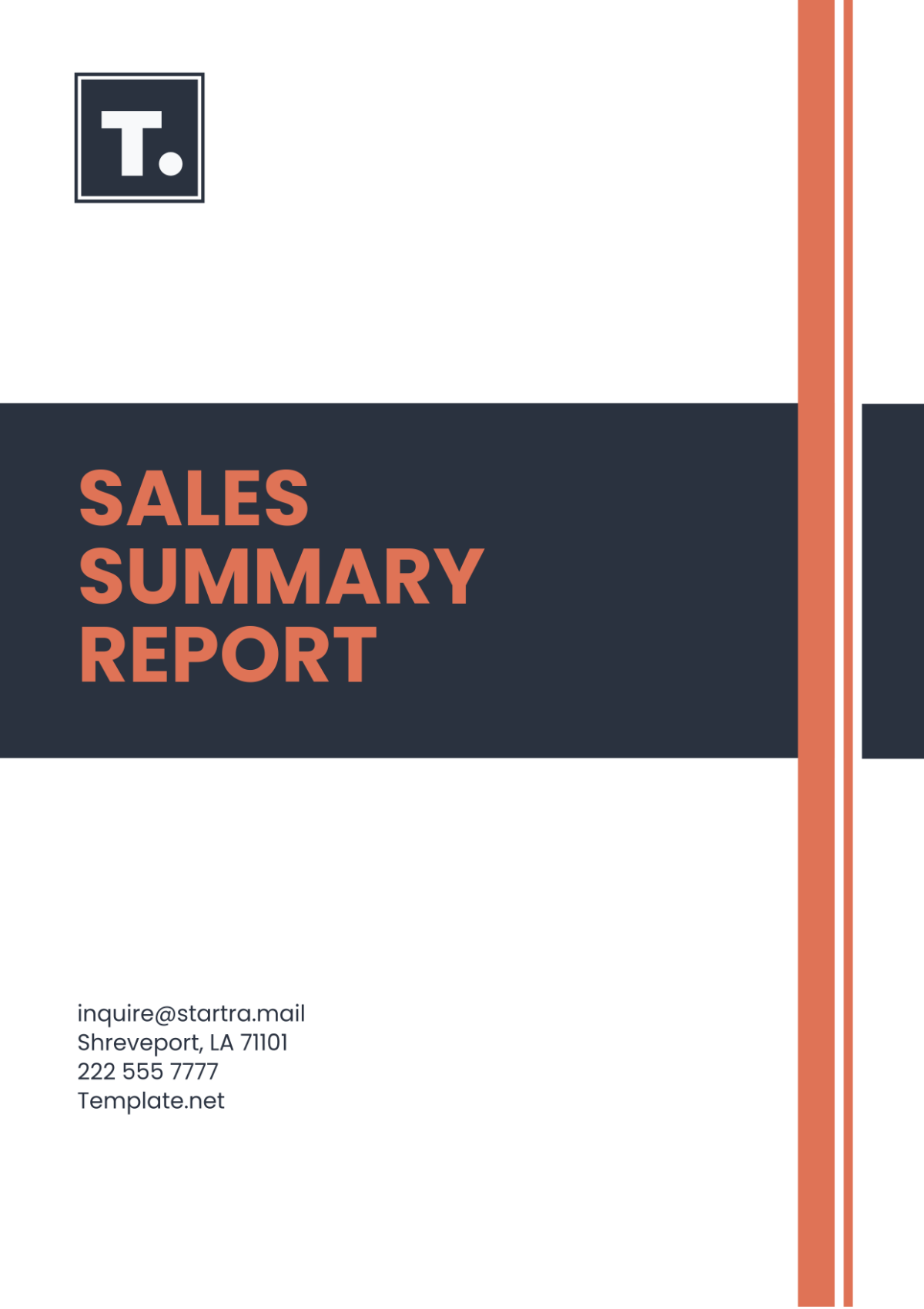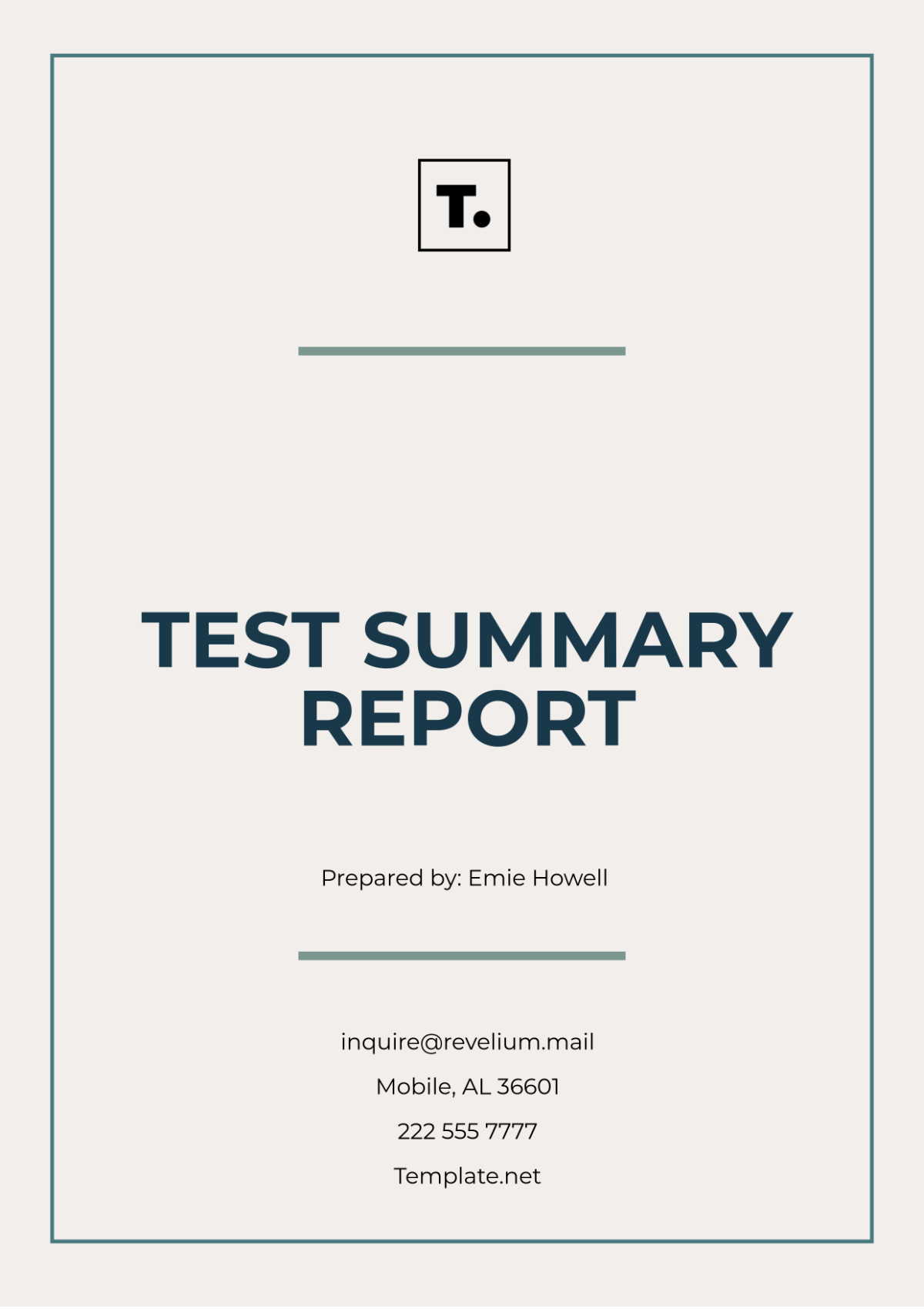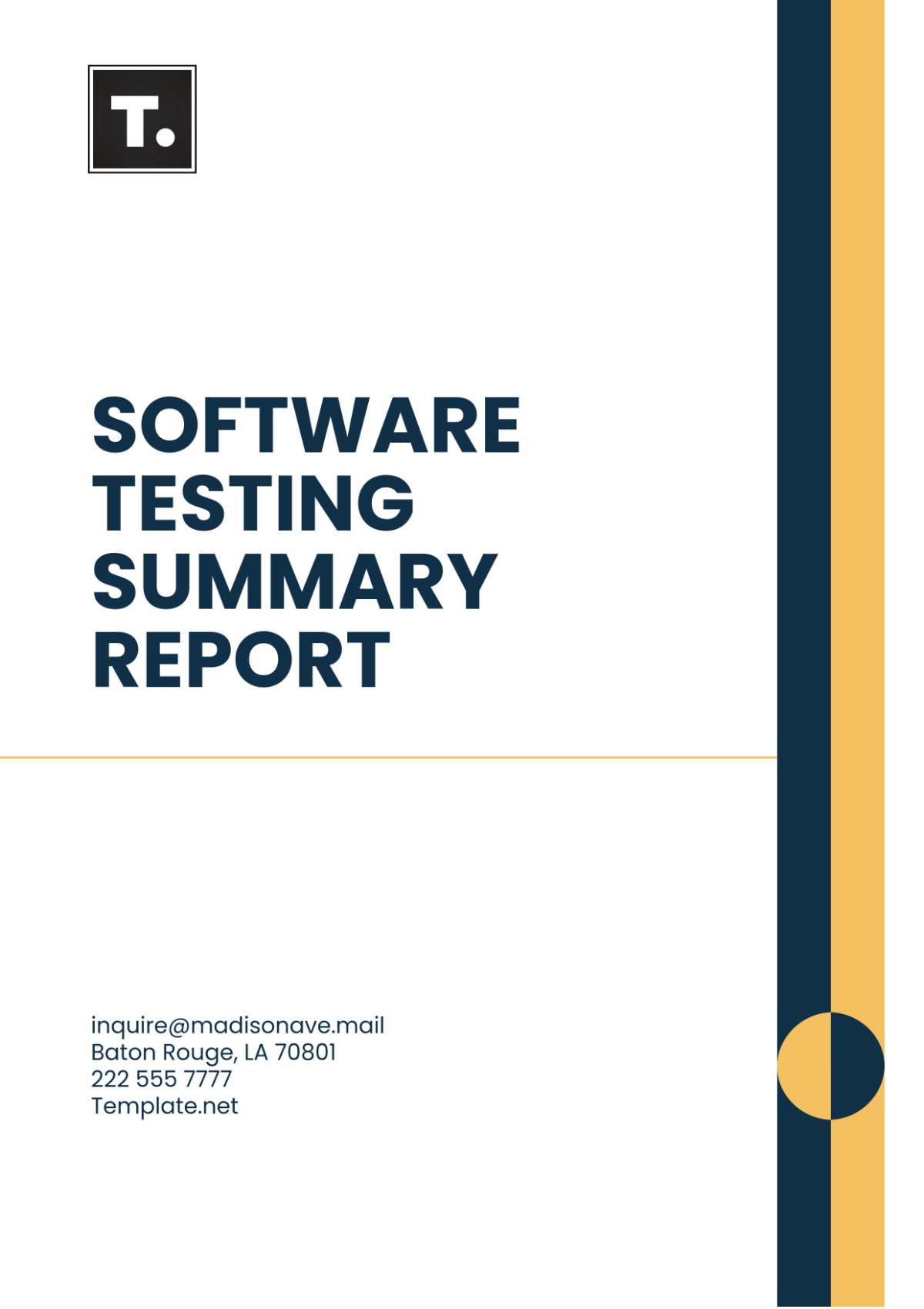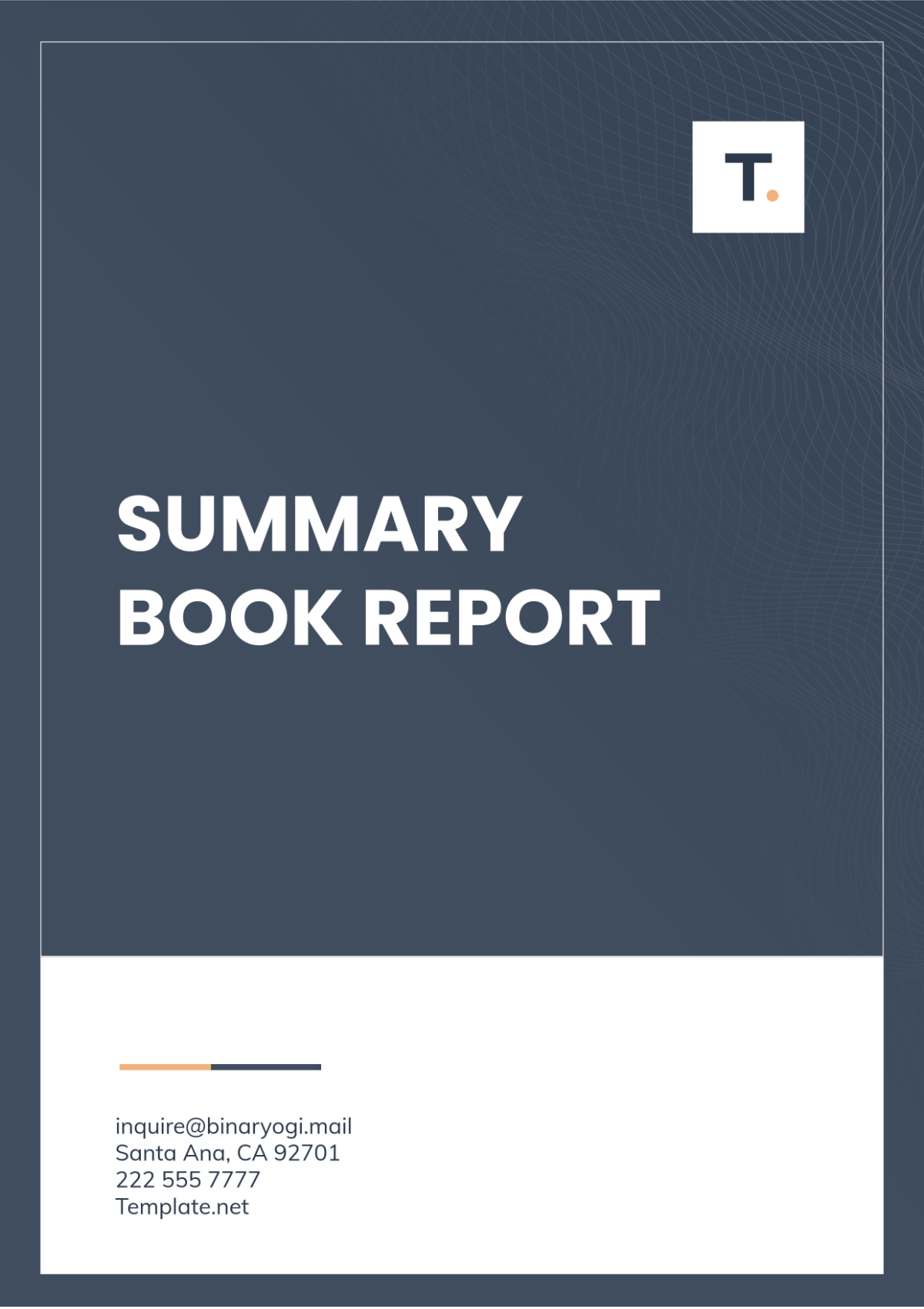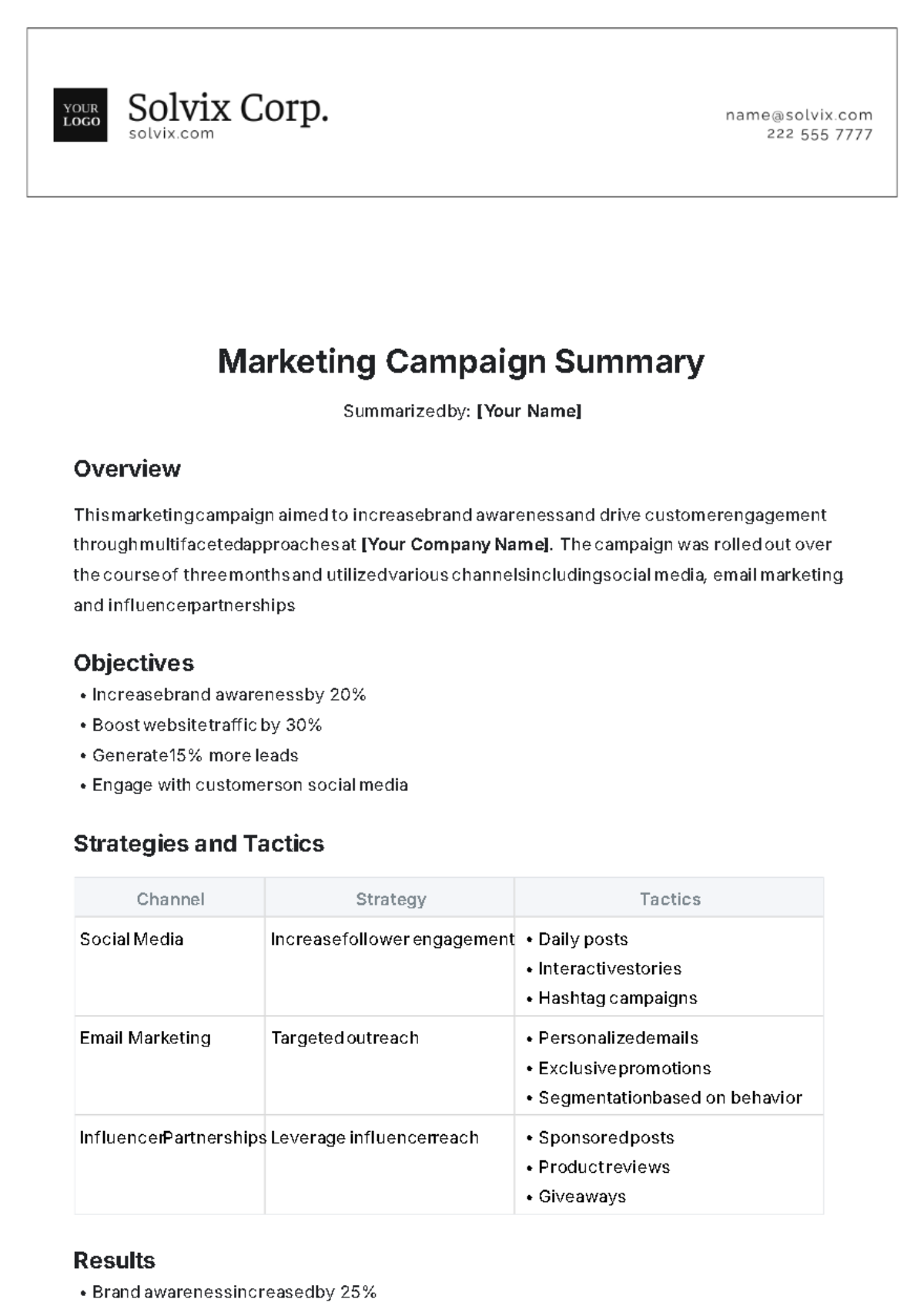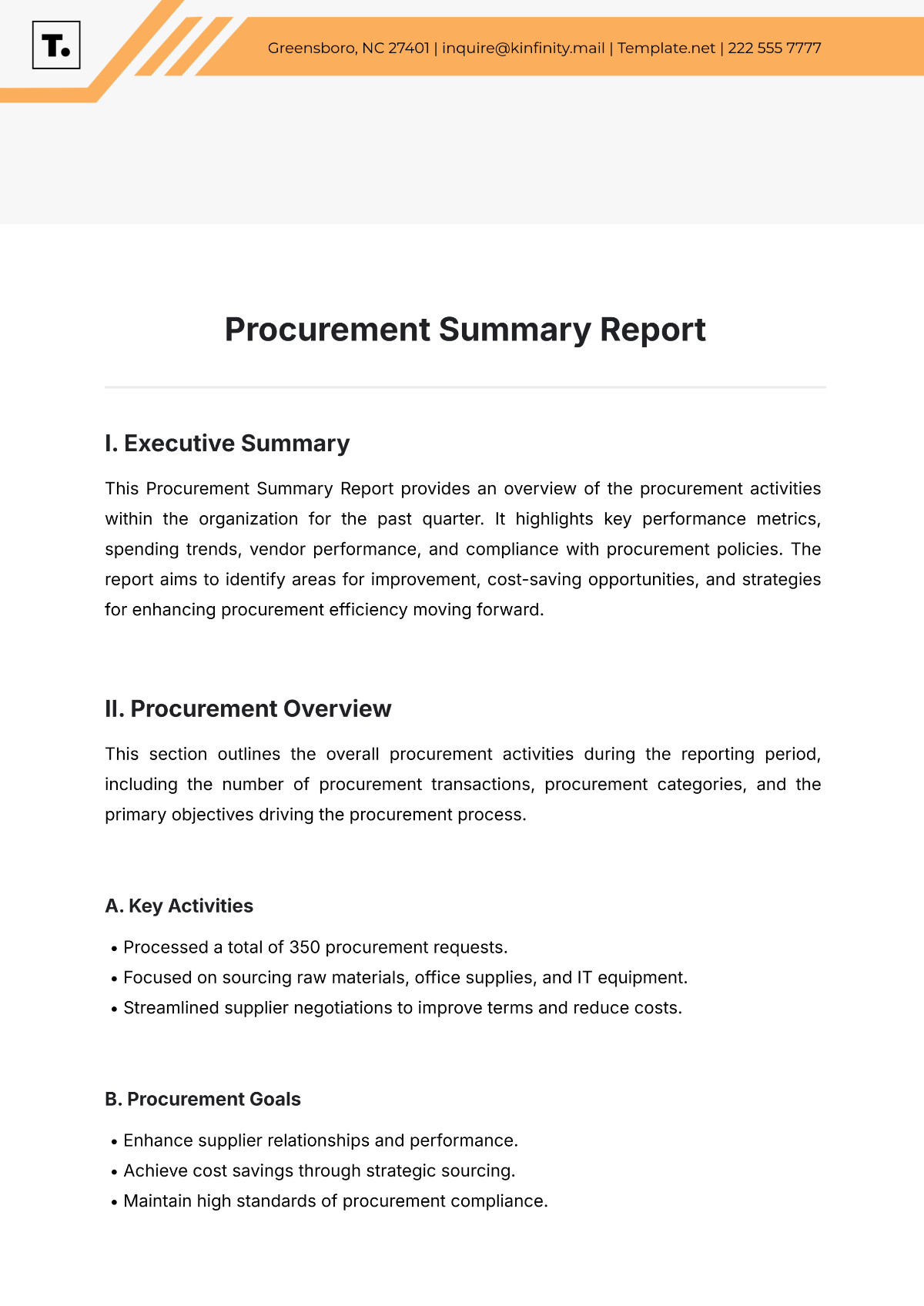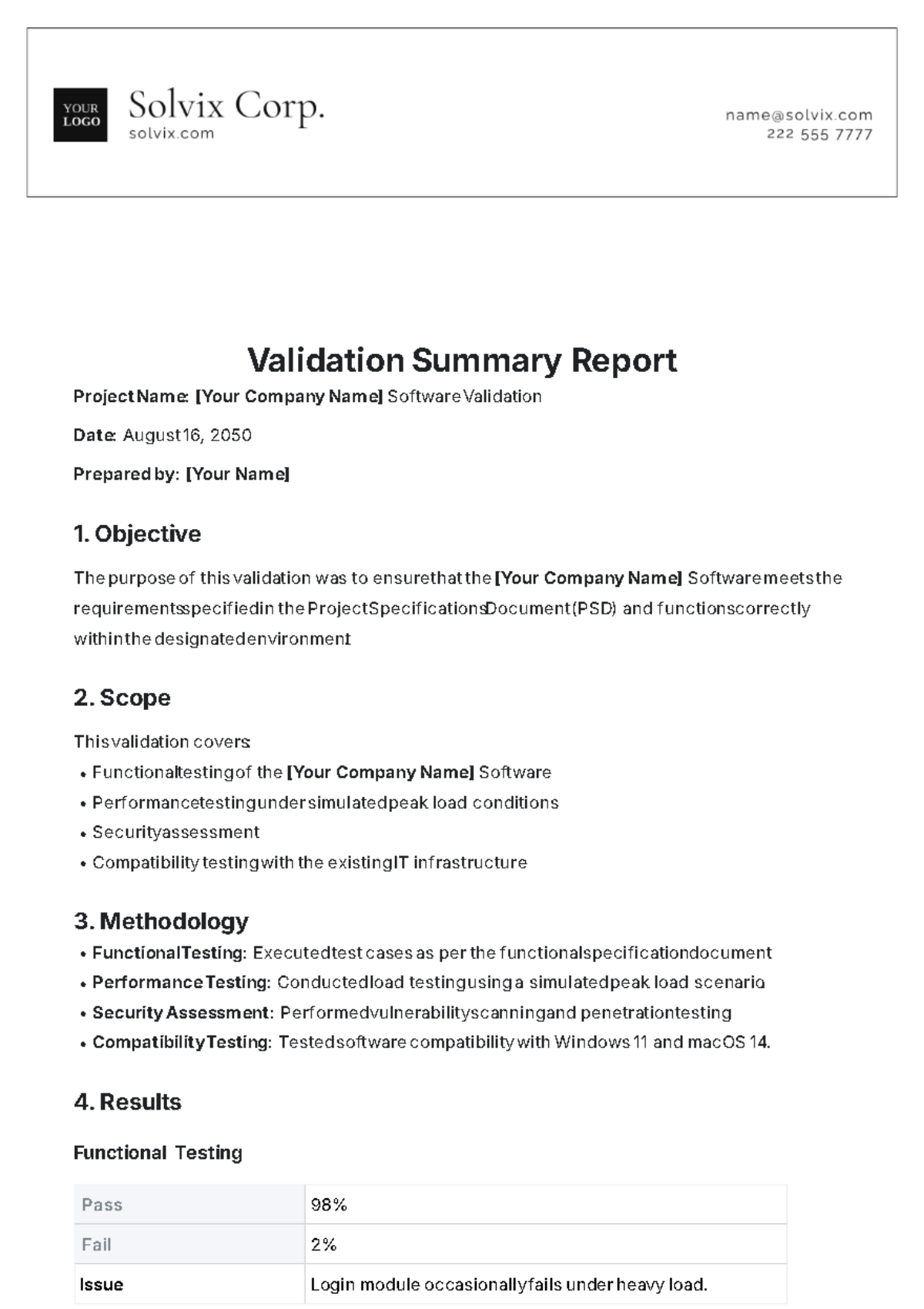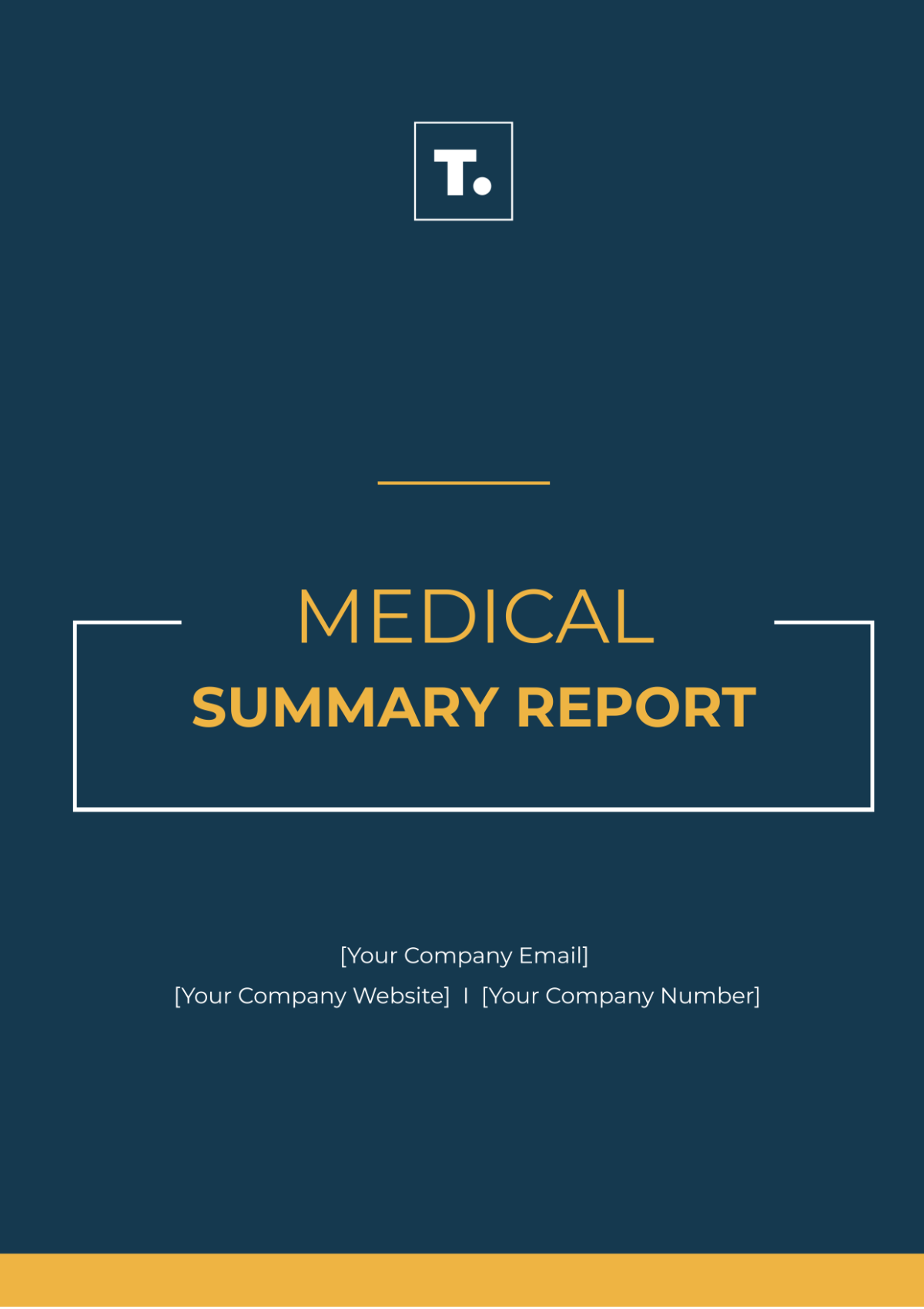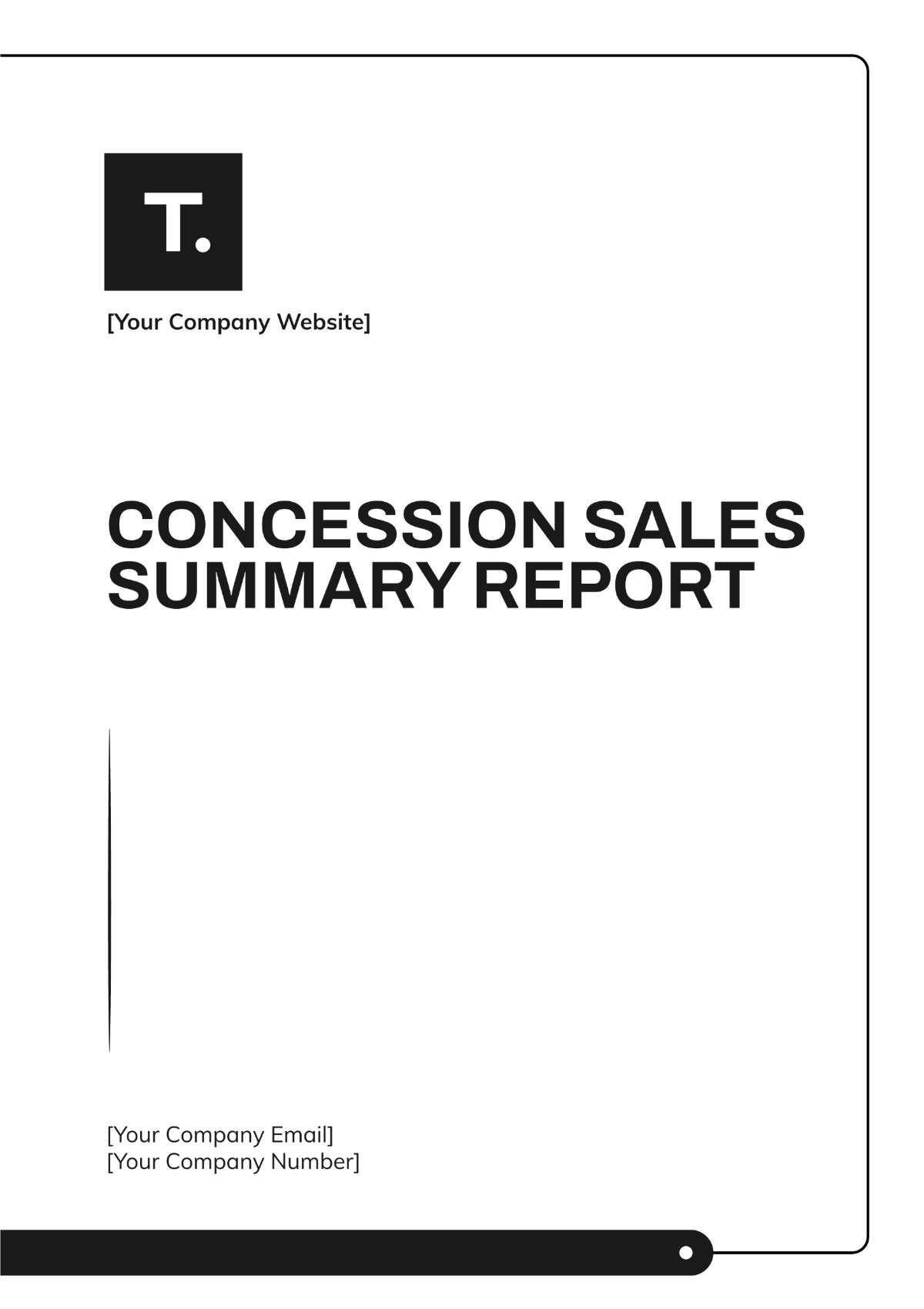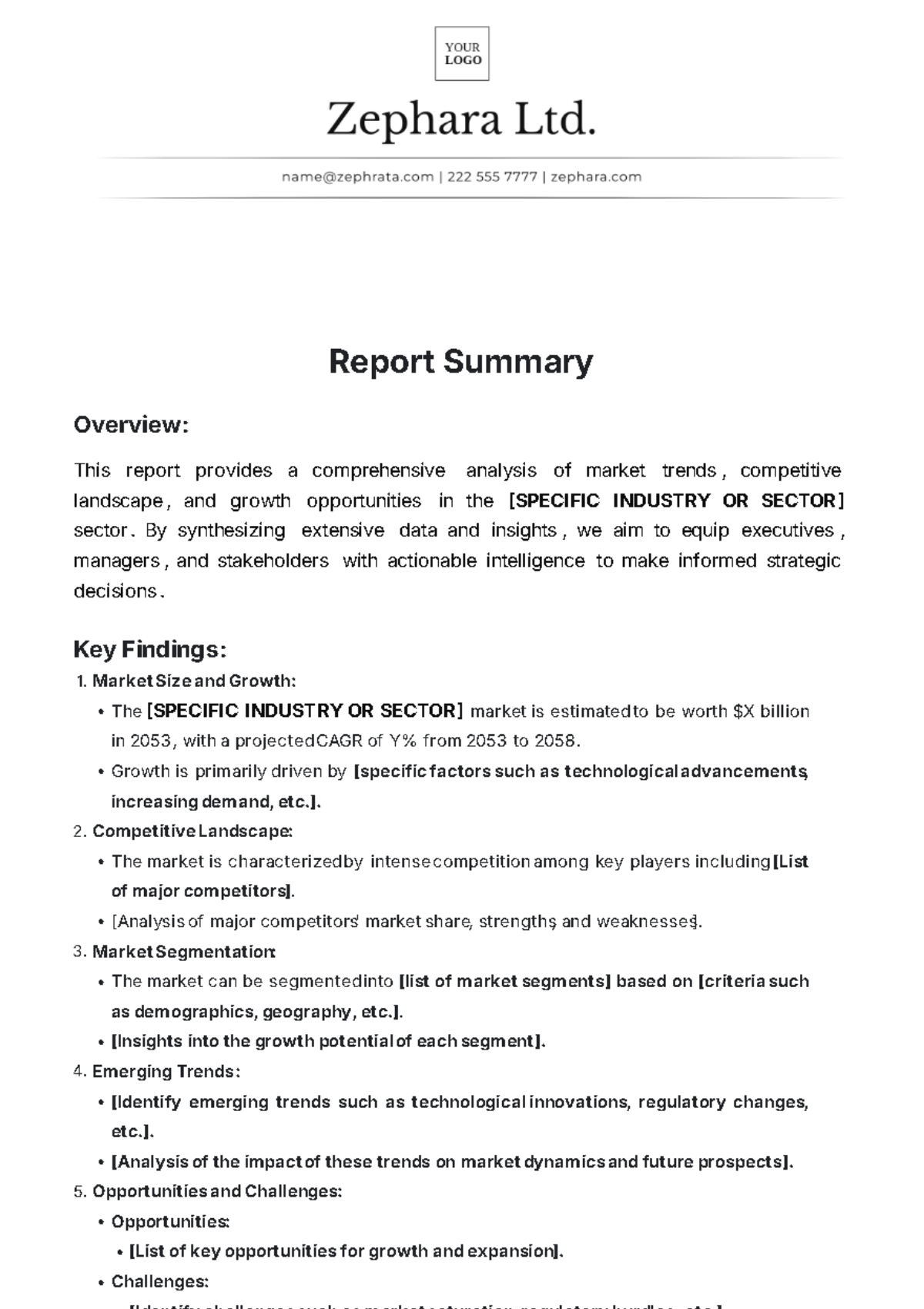Analytics Report
Prepared by: [YOUR NAME]
Department: [YOUR DEPARTMENT]
Date: [DATE OF REPORT]
I. Introduction
The [YOUR COMPANY NAME] Website Performance Monitoring Report serves as a comprehensive analysis of key metrics and insights to evaluate the effectiveness of the company's online presence. This introductory section provides context for the report, outlining its objectives and scope, as well as introducing the main areas of analysis.
Objectives:
The primary objective of this report is to assess the performance of the [YOUR COMPANY NAME] website across various dimensions, including traffic, user engagement, and content effectiveness. By analyzing these metrics, the report aims to identify strengths, weaknesses, and opportunities for improvement.
Scope:
The report will focus on tracking key website metrics such as traffic sources, user demographics, bounce rates, and popular content. Additionally, it will provide actionable recommendations to optimize website performance and enhance user experience.
II. Executive Summary
The [YOUR COMPANY NAME] Website Performance Monitoring Report provides a comprehensive overview of key metrics and insights to track the performance of the company's website. In this section, a summary of the main findings and actionable recommendations will be presented to facilitate decision-making processes.
Key Highlights:
This subsection will outline the most significant trends and developments observed during the reporting period, such as changes in traffic volume, shifts in user demographics, and notable variations in performance metrics.
Recommendations:
Based on the analysis conducted, actionable recommendations will be provided to optimize website performance and enhance user experience. These recommendations may include strategies to improve engagement, reduce bounce rates, and increase conversion rates.
III. Traffic Analysis
The [YOUR COMPANY NAME] website attracts visitors from various sources, including organic search, paid advertising, social media, and referral traffic. This section will delve into the sources of traffic and analyze their respective contributions to overall website traffic.
Traffic Sources:
A breakdown of traffic sources will be provided, highlighting the percentage of traffic generated from each source. This analysis will help identify which channels are driving the most traffic to the website and which areas may require further optimization.
User Demographics:
Understanding the demographic profile of website visitors is essential for tailoring content and marketing strategies. This subsection will present demographic data such as age, gender, location, and device usage to provide insights into the target audience.
IV. Findings
In this section, the findings of the website performance analysis will be presented in detail, providing insights into various aspects of the website's performance.
Traffic Sources:
The analysis reveals that the majority of website traffic is driven by organic search, accounting for [PERCENTAGE]% of total visits. Paid advertising and social media channels also contribute significantly to overall traffic, with [PERCENTAGE]% respectively.
User Demographics:
The demographic profile of website visitors indicates that the primary audience consists of age range gender located predominantly in [LOCATION]. Mobile devices are the preferred choice for [PERCENTAGE]% of visitors, highlighting the importance of mobile optimization.
Engagement Metrics:
The analysis of engagement metrics reveals a [PERCENTAGE]% increase in average session duration compared to the previous reporting period. However, the bounce rate remains relatively high at [PERCENTAGE]%, suggesting potential issues with website usability or content relevance.
V. Content Performance
The content performance section focuses on analyzing the popularity and effectiveness of individual pages and content types on the website.
Top Pages: A list of the top-performing pages will be provided, ranked by metrics such as page views, time on page, and conversion rates. This analysis will highlight which pages are resonating most with visitors and driving the highest engagement.
Content Analysis: In addition to page-level metrics, an analysis of content performance will be conducted to identify trends in content consumption and user preferences. This analysis will inform content creation strategies and help prioritize topics and formats that resonate with the target audience.
VI. Recommendations
Based on the findings of the analysis, the following recommendations are proposed to optimize website performance and improve user experience:
Enhance SEO Strategies:
To capitalize on the significant portion of traffic from organic search, [YOUR COMPANY NAME] should focus on enhancing its SEO strategies, including keyword optimization, content quality, and backlink building efforts.
Mobile Optimization:
Given the preference for mobile devices among website visitors, it is crucial to prioritize mobile optimization initiatives. This includes ensuring that the website is fully responsive, optimizing page load times, and streamlining navigation for mobile users.
Content Personalization:
Tailoring content to meet the needs and preferences of the target audience can help improve engagement and drive conversions. [YOUR COMPANY NAME] should invest in content personalization strategies, such as creating targeted content based on user demographics and preferences.
VII. Conclusion
In conclusion, the [YOUR COMPANY NAME] Website Performance Monitoring Report provides valuable insights into the performance of the company's website, including traffic sources, user demographics, engagement metrics, and content performance. By leveraging these insights and implementing actionable recommendations, [YOUR COMPANY NAME] can optimize its website to attract more visitors, enhance user experience, and achieve its business objectives.
